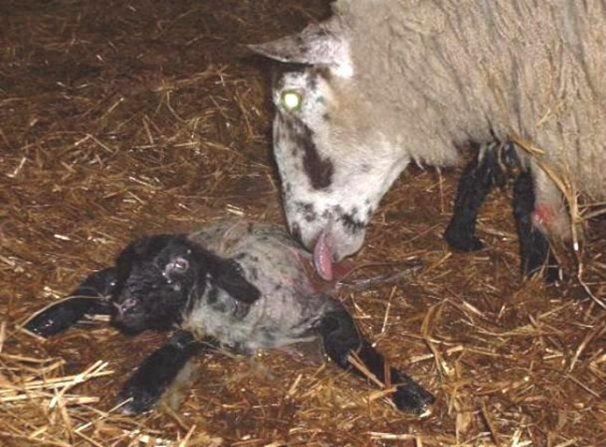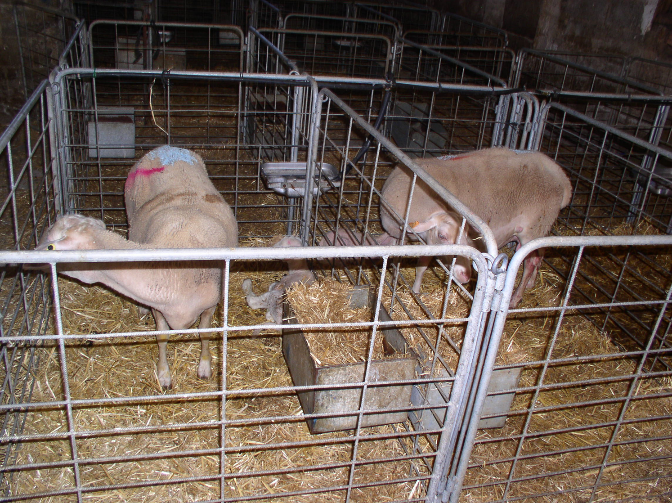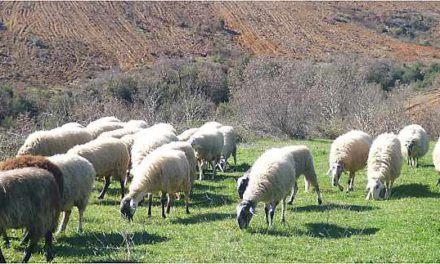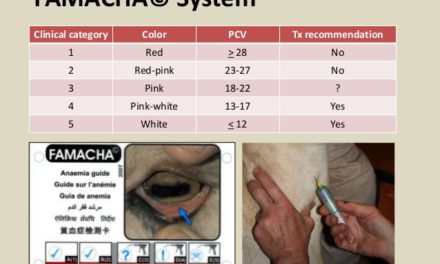This post is also available in:
![]()
![]()
![]()
![]()
![]()
![]()
Lambing management
Solution name: Lambing management
Aim: Increasing production efficiency and profitability, decreasing lamb mortality, meeting marketing needs – seasonality and fattening our lambs for heavier weight, human resources reduction.
Description:
Although the Hungarian sheep sector has more than one products (meat, milk, wool) but the main source of income is lamb sale. Domestic consumption is very low, we are export oriented. Main sales periods: Easter-Ramadan (most significant sales period), Ferragosto and Christmas. Quality and a single commodity base remain a precondition for maintaining our livestock markets in Europe and in the Middle East.
Our export markets outside Italy were previously characterised by the demand for heavy lambs, but thanks to COVID-19 there was a restructuring in the Italian markets (change in consumption patterns) and now this market also requires lambs of more than 24 kg. We need to adapt to changing market needs. In view of the fact that the vast majority of the lambs are in general under this weight limit, the changed market needs can be met by fattening our lambs and feeding them with intense feed.
In Hungary – in contrast to other animal species – the sheep and goat sectors did not have a national development programme, and the technical condition and occupancy of buildings, as well as the techniques that are currently being applied, have become obsolete.
The negative consequences of the extreme environmental effects of climate change are increasingly to be reckoned with in Hungary (heat stress, emergence of new pathogens).
There is a shortage of well-trained and experienced manpower in Hungary, and human resource costs account for one of the largest costs in the sector. As a result of extensive rearing, livestock labour per livestock unit is the highest in these sectors and labour efficiency is the lowest.
Topic: Health/Management
Production: Dairy / Meat
Animal Category: Adults/lambs/replacements
Issue: Lambing management
Level of Solution: Knowledge, Practical
Country: Hungary


How to implement it
- Meeting seasonal market needs (Easter lamb) – fertilisation plan,
- Appropriate preparation of ewes for lambing:
Before lambing:
- Ultrasonic examination,
- Meeting the needs of ewes (feeding – filling increased energy, micro and macro-nutrient demand – selenium, cobalt, iodine supplement,
- Formation of groups in the last stage of pregnancy, organising pens or single boxes (paying special attention to mothers with 2 or more lambs), fresh clean straws bedding, infrared lights,
- Permanent monitoring of ewes – smart equipments – camera.
During lambing:
– If necessary: oxytocin injection, energy boost (glucose/glycerine – two or more lambs), calcium injection – avoid milk fever.
– Appropriate handling of lamb:
– Monitoring the first lambs colostrum intake (max. 4-6 hours after birth, preferable during the first hour of life),
– Lamb weighing scales – measuring colostrum requirement,
– If necessary: frozen/artificial colostrum, milk replacer, heat lamp – avoid hypothermia, fostering of lambs – Ad-lib feeders for lambs (in bigger farms)
Weaning:
– Gradual weaning,
– Fattening bigger weight – feeding lambs with intense nutrient.
Increasing energy efficiency – building modernization – use of livestock farm modernization support resources.
Expected benefits
-
Increase efficiency
-
Reduce lamb mortality and farmer stress
-
Higher profit from additional and bigger lamb sales
Prerequisites and/or limits
-
Farmers need to be aware for the gestation nutrition and ewes need
-
Higher technology and feed cost
-
More equipment/machinery cost
-
Requires scanning equipment and trained labor.






